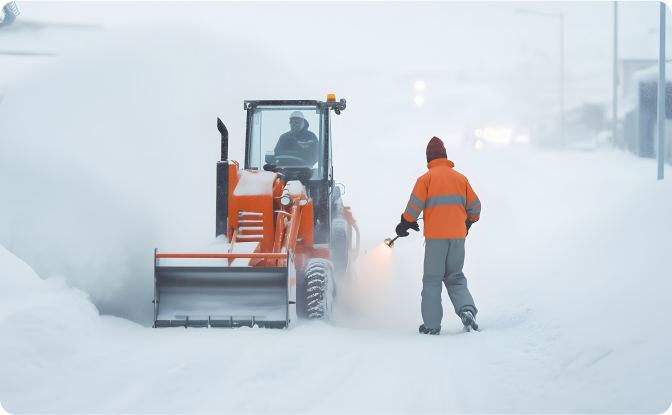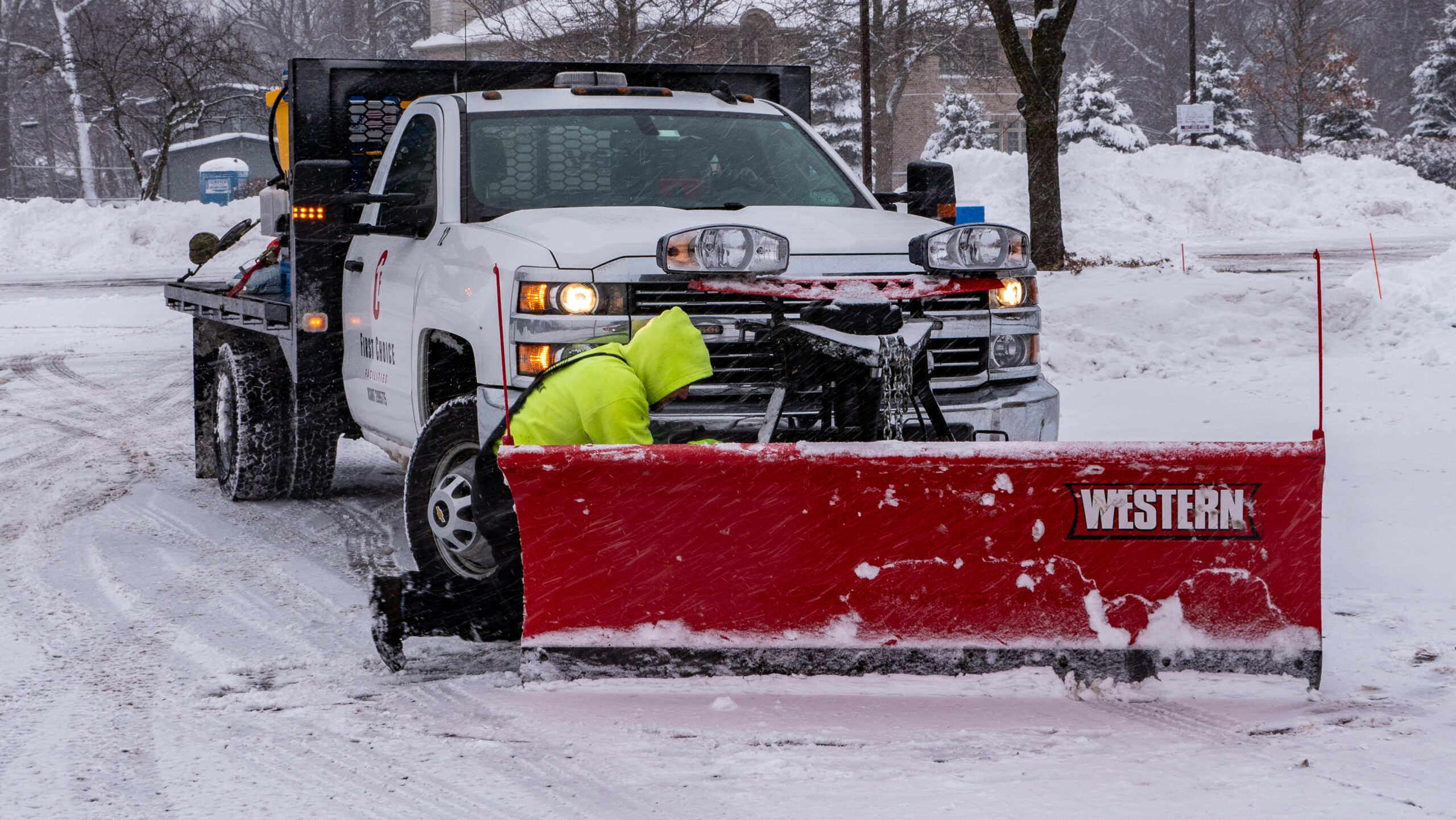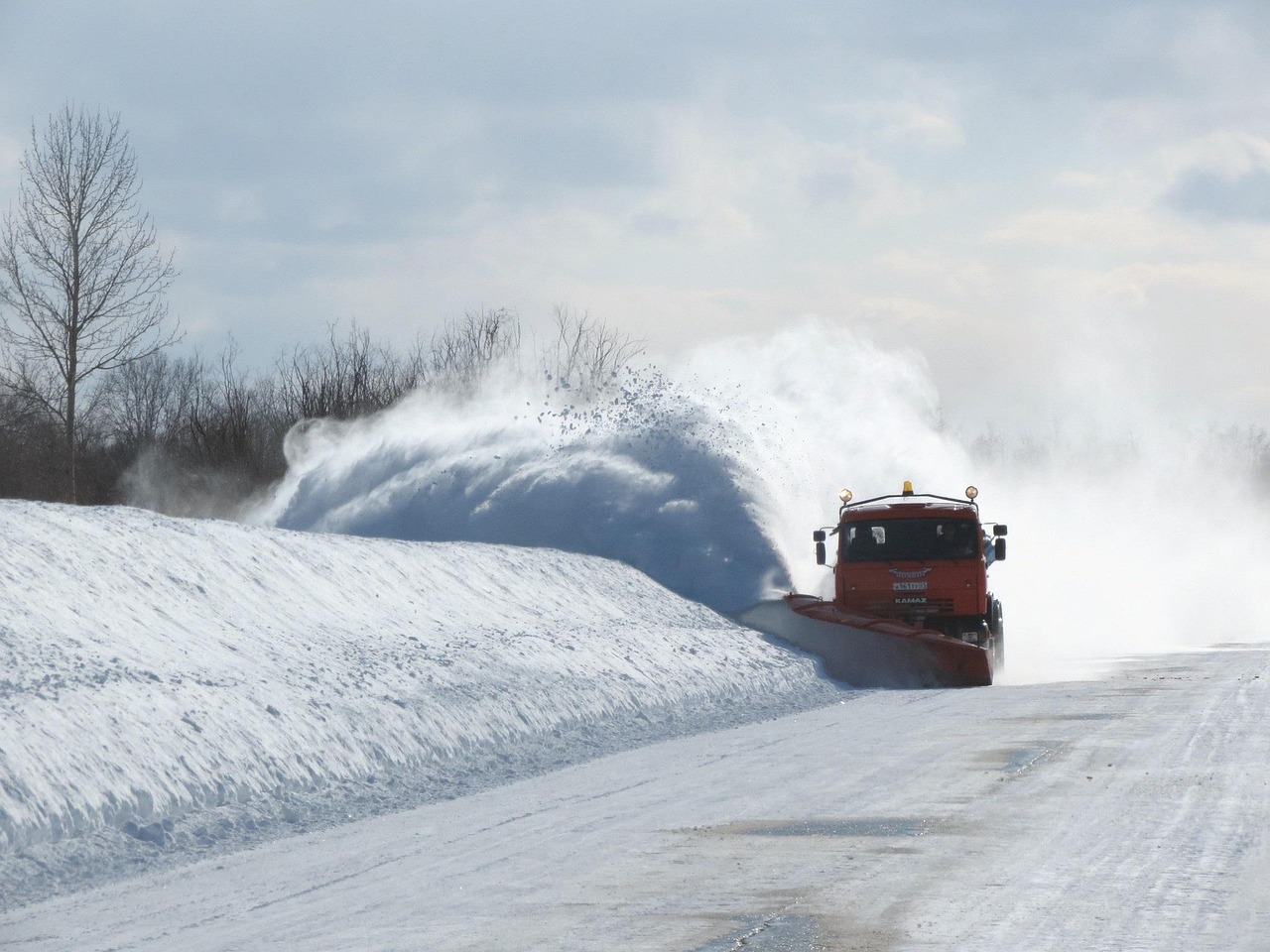When winter weather turns extreme, snow removal businesses face the daunting task of managing resources efficiently while ensuring timely service delivery. The unpredictable nature of snowstorms and icy conditions demands not only quick action but strategic planning. Efficient route optimization is a game-changer in these scenarios. It enables businesses to maximize efficiency, reduce operational costs, and prioritize the areas that need immediate attention.
Why Route Optimization Matters in Extreme Winter Weather
Extreme winter weather conditions pose unique challenges for snow removal teams. Roads can quickly become impassable, resources may be stretched thin, and response times are critical for maintaining safety and accessibility. Poorly planned routes can lead to:
- Delays in service delivery, resulting in client dissatisfaction.
- Wasted resources, such as fuel and de-icing materials.
- Increased safety risks for drivers and equipment operators.
Proper route optimization addresses these challenges by helping businesses plan the most efficient paths for their fleet. With the right software, you can minimize travel time, reduce fuel consumption, and ensure that high-priority areas are serviced first, even during the most chaotic storms.
How Route Optimization Software Works
Yeti Software uses real-time data and predictive analytics to create optimized routes. Here’s how it works:
1. Real-Time Weather Integration: Software integrates live weather updates, ensuring that routes account for current and forecasted conditions.
2. Dynamic Adjustments: Adjust routes on the fly to adapt to changing conditions or new service requests.
3. Global Map/Fleet Tracking: GPS tracking provides visibility into the location of all vehicles, helping dispatchers monitor progress and adjust routes as needed.
Benefits of Route Optimization During Extreme Weather
- Enhanced Efficiency: Spend less time navigating and more time clearing snow, maximizing your fleet’s productivity.
- Cost Savings: Reduce fuel consumption and operational costs by avoiding unnecessary detours or backtracking.
- Improved Safety: Well-planned routes keep drivers on safer roads and minimize exposure to hazardous conditions.
- Client Satisfaction: Timely service builds trust and keeps clients happy, even in the toughest weather.
Tips for Using Software to Prioritize High-Need Areas
To fully leverage route optimization during extreme winter weather, follow these best practices:
1. Identify High-Priority Zones in Advance: Categorize areas based on their importance. Hospitals, schools, and commercial centers often require immediate attention. Work with your clients to understand their needs and assign priority levels accordingly.
2. Leverage Real-Time Weather Data: Ensure your software integrates live weather updates. This allows you to adapt routes based on changing conditions, such as worsening snowfall or road closures.
3. Pre-Load Common Routes: Before winter hits, input standard routes into your software. During storms, these pre-set routes can be adjusted dynamically, saving time in emergency situations.
4. Monitor Fleet Performance in Real-Time: Use GPS tracking to keep tabs on your fleet. If a truck gets delayed or a route becomes unsafe, you can quickly reroute other vehicles to cover the gap.
5. Optimize Resource Allocation: Ensure that vehicles assigned to high-need areas are equipped with the necessary tools, such as plows or de-icing agents. Your software can help track resource levels and assign vehicles accordingly.
6. Communicate with Your Team: Provide drivers with updated route information directly through your snow management software, such as Yeti, to keep everyone on the same page, even in rapidly changing conditions.
7. Analyze and Improve Post-Storm: After the storm, review the performance of your routes using historical data stored in the software. Identify bottlenecks or inefficiencies and adjust your plans for future events.
Extreme winter weather can be challenging, but it doesn’t have to derail your snow removal operations. Route optimization equips you to prioritize high-need areas, maximize efficiency, and provide exceptional service even in the most difficult conditions.
Invest in the right technology today and experience the difference it makes when winter weather turns extreme. Your team, your clients, and your bottom line will thank you.





